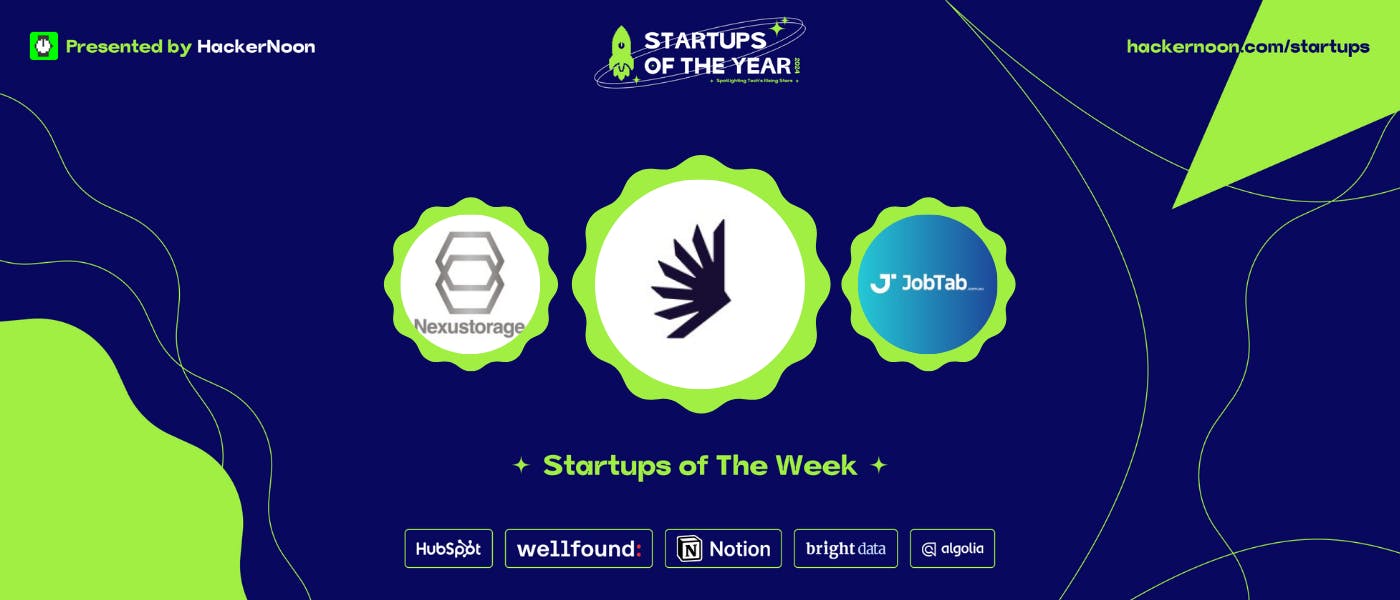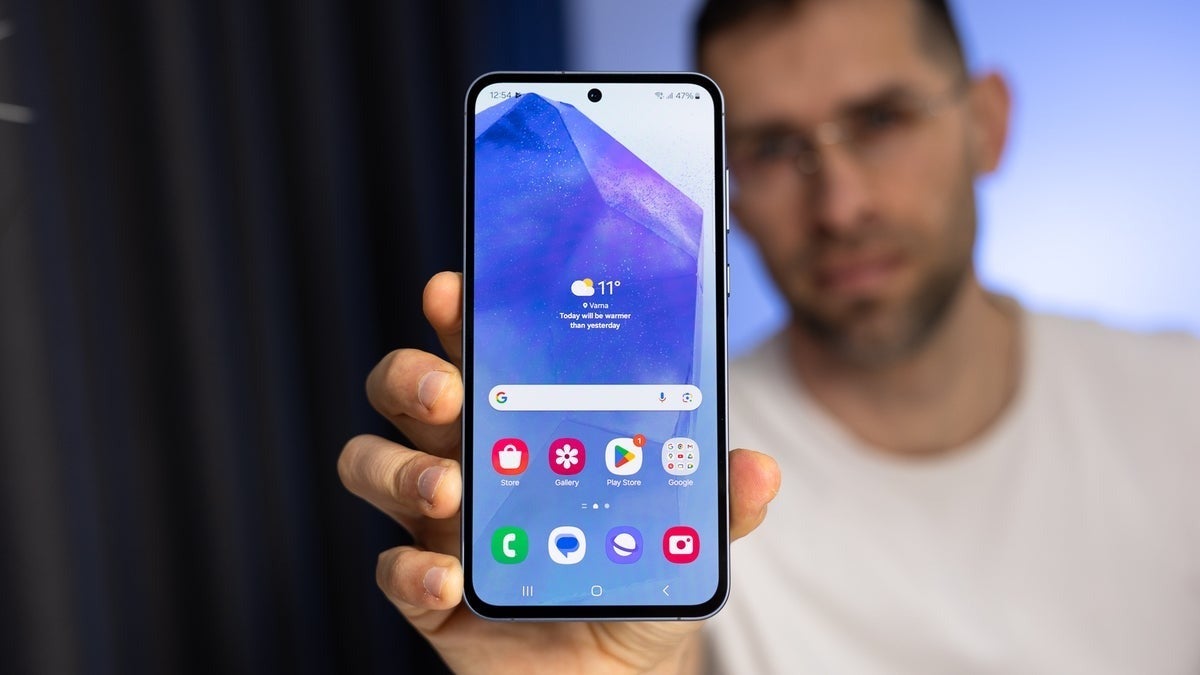Price: A Franklin More
If you want the Samsung Galaxy Z Fold 7, be prepared for sticker shock. The newest folding phone starts at $1,999.99 for 256GB of storage and 12GB RAM—an increase of $100 over the corresponding Z Fold 6. The older phone offers 256GB of storage and 12GB of RAM for $1,899.99.
Galaxy Z Fold 7 (Credit: Eric Zeman)
Need more storage? The 512GB model of the Z Fold 7 costs $2,119.99, and the 1TB model sells for a painful $2,419.99. The corresponding 512GB and 1TB Z Fold 6 phones cost $2,099.99 and $2,259.99.

Galaxy Z Fold 6 (Credit: Eric Zeman)
No matter how you slice it, you save $100 on every available configuration by going with the Z Fold 6. However, that $100 buys a lot of upgrades if you go with the newer model.
Winner: Samsung Galaxy Z Fold 6
Design: Finally, the Foldable We’ve Always Wanted
The Z Fold 7 features the same squared-off corners of the Z Fold 6 and carries forward the same basic design with a smaller outer screen and a larger inner screen. Samsung redesigned the camera array of the Z Fold 7 with thin silver rings replacing the thick black ones of the Fold 6. The volume rocker and power button still sit on the right side of the device, but the SIM card tray has been moved to the top of the left panel. The USB-C port is on the bottom of the phone for charging and data transfer.

Galaxy Z Fold 7 (Credit: Eric Zeman)
Samsung offers the Z Fold 7 in only four colors, instead of five for the Z Fold 6. The Z Fold 7 is widely available in Blue Shadow, Jetblack, and Silver Shadow. A Mint colorway is available exclusively at Samsung.com. The Z Fold 6 comes in Navy, Pink, or Silver Shadow, with Crafted Black and White being the online exclusives.
The Z Fold 7 receives some improvements in build quality. It has a stronger Advanced Armor FlexHinge with a design that evenly distributes stress to protect the display. The Advanced Armor Aluminum frame supports the device, while Gorilla Glass Victus 2 protects the back and Gorilla Glass Ceramic 2 guards the front. The Z Fold 6, on the other hand, uses Gorilla Glass Victus 2 on both the front and back of the phone and has an older version of the hinge and frame.
Both phones come with an IP48 rating for dust and water protection. They can keep out dust particles larger than 1mm and be submerged in about 5 feet of water for about 30 minutes.
Winner: Samsung Galaxy Z Fold 7
Size: The Right Changes
The Z Fold 7 measures 6.24 by 2.87 by 0.35 inches when folded and 6.24 by 5.64 by 0.17 inches when opened. The Z Fold 6 is shorter, but it’s thicker when either closed (6.04 by 2.68 by 0.48 inches) or open (6.04 by 5.22 by 0.22 inches). We’ll take the slight increase in height for the noticeably thinner waistline.

Galaxy Z Fold 7 (Credit: Eric Zeman)
The Z Fold 7 is significantly lighter than the Z Fold 6, weighing 7.58 ounces compared with 8.43 ounces—a difference of 0.85 ounce. This may not seem like a lot, but dropping the weight below half a pound helps when carrying the phone around in your pocket. Moreover, you can really feel the difference between them when you hold them in your hand.
Winner: Samsung Galaxy Z Fold 7
Display: Breaking the 8-Inch Barrier
The Z Fold 7 features a 6.5-inch Dynamic AMOLED 2x cover screen with a resolution of 2,520 by 1,080 pixels for a density of 422 pixels per inch (ppi). The display also sports an adaptable refresh rate between 1Hz and 120Hz. The Z Fold 6 has a smaller 6.3-inch display at a resolution of 2,376 by 968 pixels, but the same adaptive refresh rate of 1Hz to 120Hz. Samsung changed the aspect ratio of the screen from the 22:9 of the Fold 6 to the more standard 21:9 for the Fold 7. This may sound like minutiae, but the slightly wider screen is easier to type on and is better suited to apps.

Galaxy Z Fold 7 (Credit: Eric Zeman)
The inner display of the Z Fold 7 is an 8.0-inch Dynamic AMOLED 2x screen with a resolution of 2,184 by 1,968 with a density of 368ppi. It, too, sports an adaptive refresh rate of 1Hz to 120Hz. This display is noticeably larger than the 7.6-inch screen of the Fold 6, which has a resolution of 2,160 by 1,856 pixels. The Fold 6 shares the same adaptive refresh rate of 1Hz to 120Hz.
The Fold 7’s extra 0.4 inch may not sound like much, but it’s a wider screen with more room for running multiple apps at once.
Winner: Samsung Galaxy Z Fold 7

Get Our Best Stories!
A Smart, Bold Take on the Wireless World

By clicking Sign Me Up, you confirm you are 16+ and agree to our Terms of Use and Privacy Policy.
Thanks for signing up!
Your subscription has been confirmed. Keep an eye on your inbox!
Performance and Connectivity: No Surprises Here
The Z Fold 7 is powered by the Qualcomm Snapdragon 8 Elite for Galaxy, the same chip that runs the Galaxy S25 Ultra. The Z Fold 6 is powered by the generation-ago Qualcomm Snapdragon 8 Gen 3. Both the Fold 6 and Fold 7 come with 12GB of RAM. The 8 Elite is simply a faster chip than the 8 Gen 3 and is more capable of AI calculations.

Galaxy Z Fold 6 (Credit: Eric Zeman)
We have yet to run benchmark testing on the Z Fold 7, but we expect it to perform similarly to the S25 Ultra. For reference, the S25 ran Geekbench 6 with a score of 9,937, PCMark 3.0 at 20,502, and GFXBench at 86fps. The Z Fold 6 ran the same tests at 6,821, 17,214, and 63fps, respectively.
While both devices support 5G (sub-6GHz, C-Band, and mmWave), the Z Fold 7 upgrades to Wi-Fi 7, while the Z Fold 6 uses slightly older Wi-Fi 6E. Similarly, the Z Fold 7 is compatible with Bluetooth 5.4, while the Z Fold 6 employs Bluetooth 5.3.
Winner: Samsung Galaxy Z Fold 7
Battery Life: The Great Unknown
Both the Z Fold 7 and the Z Fold 6 come with 4,400mAh batteries. They also both support 25W fast wired charging, 15W wireless charging, and 5W reverse wireless charging. Neither includes a charger in the box.

Galaxy Z Fold 6 (Credit: Eric Zeman)
Samsung claims the phone can run a 720p (locally stored) video for 26 hours straight. We test battery life by streaming a 1080p video over Wi-Fi with the screen brightness all the way up. In this test, the Z Fold 6 ran for 11 hours and 30 minutes. Samsung promises up to 24 hours of battery life on the Z Fold 7, but we haven’t tested it yet. It certainly could last longer than the Z Fold 6, but it seems unlikely that it will actually last a full day under our testing conditions.
Recommended by Our Editors
Winner: Too Early to Say
Cameras: An Ultra Upgrade
Samsung teased that the Z Fold 7 would deliver an “ultra” experience. We now know it was referring to the cameras. The Z Fold 7 gains the 200MP camera of the S25 Ultra and S25 Edge. It has an aperture of f/1.7, quad-pixel autofocus, optical image stabilization (OIS), and an 83-degree field of view (FoV). It is joined by a 12MP ultra-wide camera with dual-pixel autofocus, a 120-degree FoV, and an aperture of f/2.2. The rear camera array is rounded out by a 10MP telephoto lens with iOS, an aperture of f/2.4, a 36-degree FoV, and 3x optical zoom.
The Z Fold 7 also gets two selfie cameras. They’re both 10MP f/2.2 sensors, though the outer selfie camera has an FoV of 85 degrees and the inner selfie camera has an FoV of 100 degrees for group shots.

Galaxy Z Fold 7 (Credit: Eric Zeman)
The Z Fold 6’s cameras seem quaint by comparison. On the rear panel, it has three cameras: a 50MP main camera with dual-pixel autofocus, OIS, and an 85-degree FoV; a 10MP telephoto with OIS and 3x optical zoom; and a 12MP ultra-wide camera with f/2.2 and a 123-degree FoV. The cover screen, meanwhile, sports a 10MP selfie lens with an aperture of f/2.2, which is paired with a 4MP main selfie camera at f/1.8, the latter on the inner screen and exposed when the phone’s open. Critically, the Z Fold 6’s main selfie camera is an under-display arrangement, which means display pixels actually block light from reaching the sensor. The Z Fold 7’s inner selfie camera is a standard punch-hole design, which eliminates any obstructions.
The Fold 7’s Snapdragon 8 Elite processor gives it access to Samsung’s latest ProVisual Engine, an image signal processor (ISP) that enables always-on 10-bit HDR+ color, advanced noise reduction, and clear nighttime videos. The Fold 6 is stuck with an older ISP and older processing software.
Winner: Samsung Galaxy Z Fold 7
Software and AI: Gemini Takes Center Stage
The Z Fold 7 will be one of the first phones to ship with Android 16, Google’s newest OS. The phone will also use Samsung’s own One UI 8 overlay, which Samsung uses to customize its software. The Z Fold 6 originally shipped with Android 14, though it can now upgrade to Android 15. Eventually, the Z Fold 6 will also be able to access Android 16. Both phones will receive seven years of OS updates and security patches, though the Z Fold 6, which was released a year ago, has only six years of that commitment remaining.

The Galaxy Z Fold 7 in several colors (Credit: Eric Zeman)
Each phone also has access to Samsung’s Galaxy AI suite of software, including Google Gemini, Circle to Search, Writing Assist, and Drawing Assist. Samsung optimized the Z Fold 7’s Galaxy AI tools for the bigger screen, with search results delivered in a split view or a Floating View. The Fold 7 also has access to all the standard video and photo editing tools, including the improved Audio Eraser, which detects and removes unwanted noise from your video. The Z Fold 7 will have access to Gemini Live, Google’s chatbot, for a longer period of time than the Z Fold 6.
It’s unclear which of the Z Fold 7’s software features will be ported to the Z Fold 6 when it is updated to Android 16 and One UI 8, but the Z Fold 7’s more powerful processor gives it a significant advantage in running AI tasks.
Winner: Samsung Galaxy Z Fold 7










